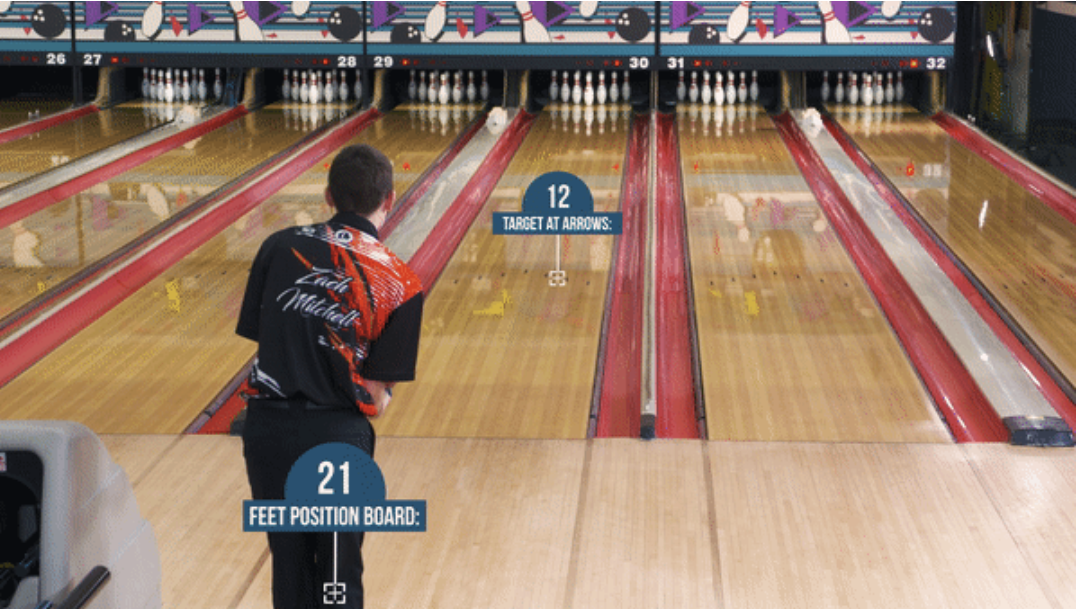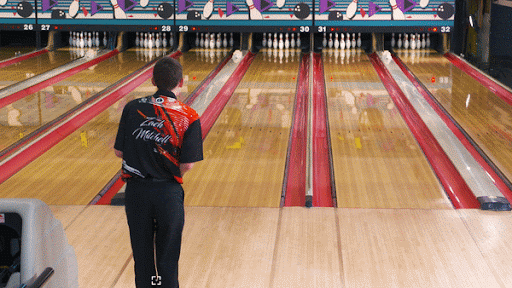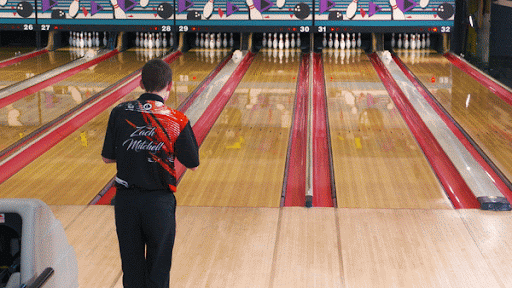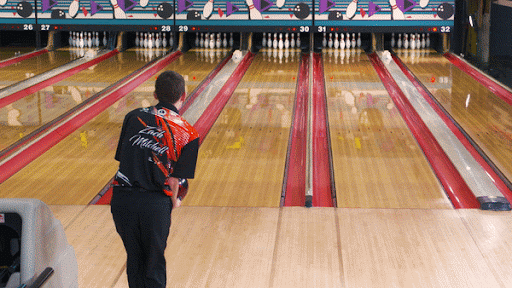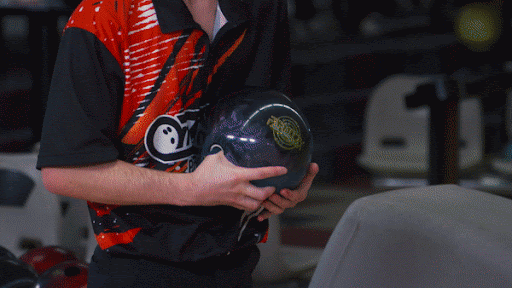
Situational Adjustments
Scott PohlThe transition from intermediate to advanced in bowling can be summed up in one word: versatility. Adjusting to the lane conditions is more than a ball change. You need to know where to stand on the approach to create the shape of the shot you need.
Then, choose the right axis rotation and get that to match up to your ball speed while hitting the breakpoint down lane. If you’ve done everything correctly to this point, it likely results in the ball going end-over-end through the pins and off the deck for a strike.
In this premium video, Scott Pohl, owner of On Track Pro Shop, breaks down four adjustments every bowler needs to become more versatile out on the lanes.
Launch angle
The pattern you are bowling dictates the shape of your shot. Every time a bowling ball goes down the lane, it absorbs oil and alters the pattern. Sometimes, in just a few frames, the pattern you are bowling on can look much different than what you started with.
The breakpoint is where the ball begins to hook towards the pins. Your ball will exit the oil pattern and enter the friction down the lane. This is the first time you see the ball move towards the pins.
In our first example, Zach Mitchell misses the headpin all together and leaves the 1, 2 pins.
Making a parallel move 6 boards with his feet and 3 boards with his target, both to the right, helps get the ball out of the heavier volume of oil that made his first ball skid past the breakpoint in the first shot.
The ball begins to hook towards the pins earlier, hitting the breakpoint and striking.
Axis rotation
In this example, Mitchell leaves a flat 10 pin.
He will stand and target the same plac,e but his adjustment is to change his hand position so that it’s cupped, and he also tucks his pinky onto the ball.
This gives the ball more axis rotation so that it matches up better with his ball speed to carry the 10 pin.
Ball speed
In this example, Mitchell’s ball comes up light into the pocket, leaving a 2 pin.
He will stand and target the same place, but his adjustment is to change his ball speed only.
When your ball comes up light into the pocket, slowing down your ball speed will help make the ball turn better at the breakpoint into the pocket.
Ball change
In this example, Mitchell has an aggressive ball in his hand and ends up high in the pocket, leaving the 6, 9, 10.
A ball change to a weaker coverstock extends the skid phase and allows the ball to roll farther down the lane before hitting the breakpoint.
That delayed reaction is what allowed him to stand in the exact same spot while targeting the exact same spot, only this time resulting in a strike.
Check out When Should I Use Surface on My Bowling Ball and Practice Time: Finding Your Starting Point on the Lanes for more expert bowling instruction.

